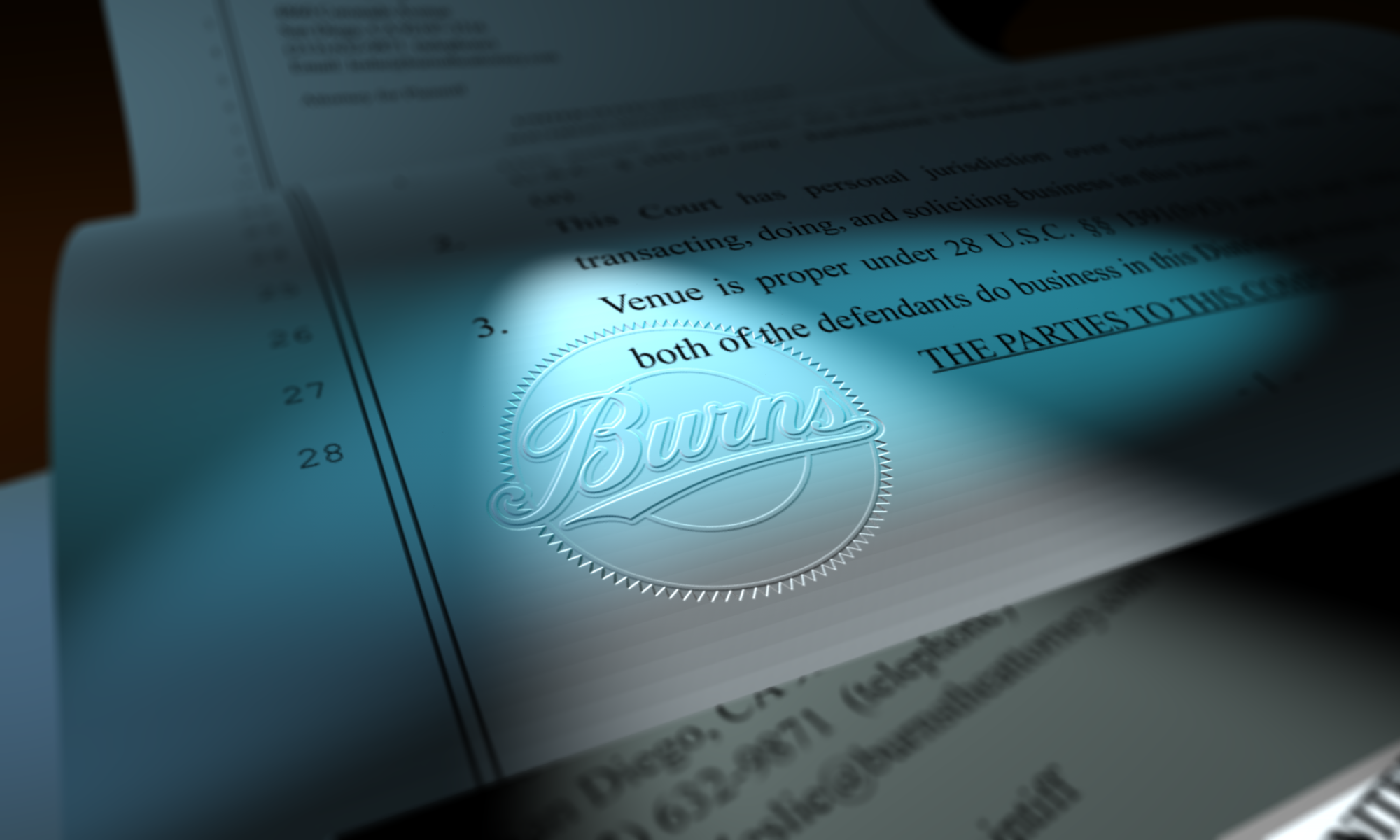So the stock market is flying high and the talking head are saying “things are fine” but are they really? Not so much domestically in the USA.
The reasons stocks are still going up are more related to overseas growth than domestic. Here in the US, our economy is sputtering, and that is important to know if you’re trying to make a living running a creative business.
Many companies, when they see a downturn in their businesses, cut their budgets to keep the bottom line where they want it–that is, to show growth. Where do they make the cuts? Too often, it is in marketing. Boom, your clients aren’t spending as much money for the needs you fulfill–that’s going to hurt your bottom line.
This means you need to do two things:
1) Don’t follow in their footsteps and cut your marketing budget if you can at all avoid it. You need to get your name out there more and in better ways, if anything, during a down-time.
2) Save for the down-time, including cutting unnecessary expenditures. Start now, even if you’re doing very well.
I hope I’m wrong, I really do, but the indicators are not looking good for the next few years here in the USA. The housing debacle is drying up LOADS of consumer spending and the real inflation rate for most people is more like 9-10% (just google “real inflation” for lots of articles) rather than the low number officially given by the government (remember, gas prices and many other things do not figure in the official CPI). The dollar is trading at record lows. The list of negatives is pretty impressive.
It’s (probably) only going to get worse before it gets better (which it will, in time). But people have been getting through bad times forever, and, with a little planning you can too. Pay off your debt as much as you can now and save up some cash to keep you going if work dries up for a while. Try to live just a bit more frugally and do the same for your business. Then, even if things don’t go as poorly as they might, you’ll be ahead in the future.
As for your business, keep working on your vision so that you can create unique, demand-generating work and license the work you do make. Even when the economy completely tanks (think post 9/11 for a taste), you can make money if your work is special and/or your previous licenses need to be renewed by the client.
Most importantly, don’t panic. That won’t help you no matter what. Rather, plan and take the important steps you can to protect your business and weather the storm in case things do get bad. Also realize that if your sales do drop, it might not be because you didn’t market “right,” but rather simply because your clients, your individual market, cut back on their spending. There is nothing you can do to force anyone buy when they aren’t buying. Don’t beat yourself up–all businesses have ups and downs. Just prepare for the potential downs and ride ’em out.
As of this writing, creative intellectual property (photography, illustration, design, etc.) isn’t going to dry up anytime soon as an industry (or group of industries), so even if things do get bad, they’ll get better again too.
